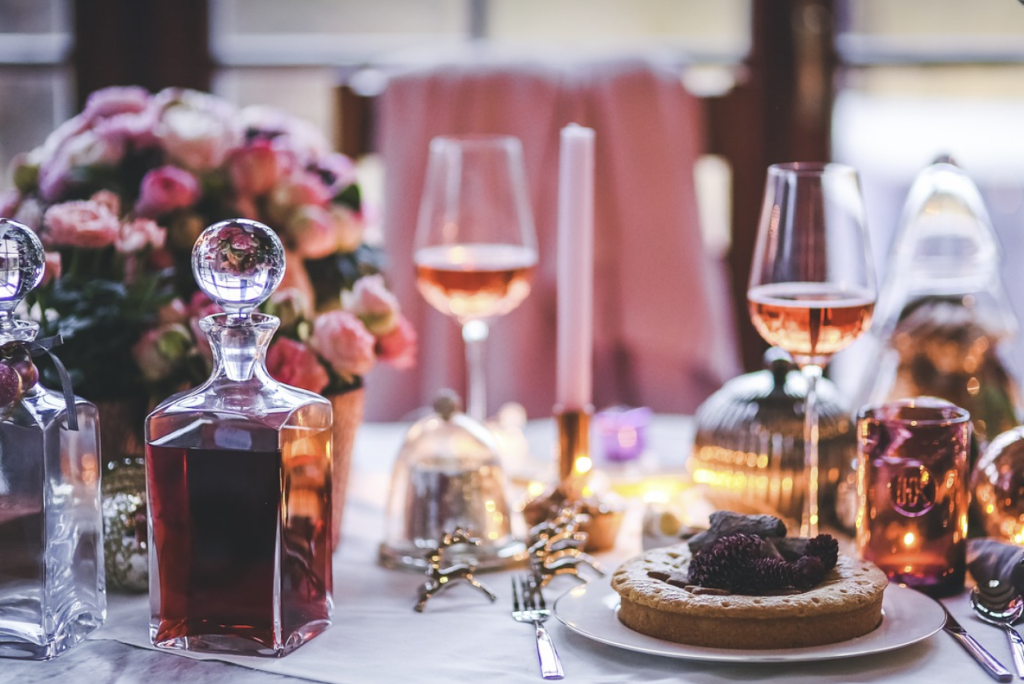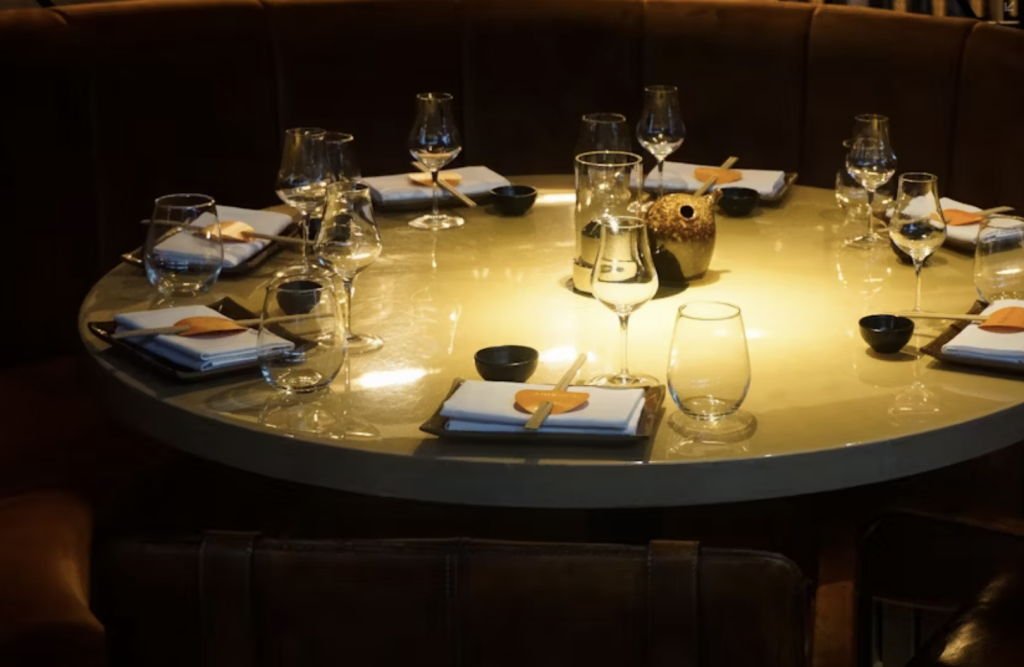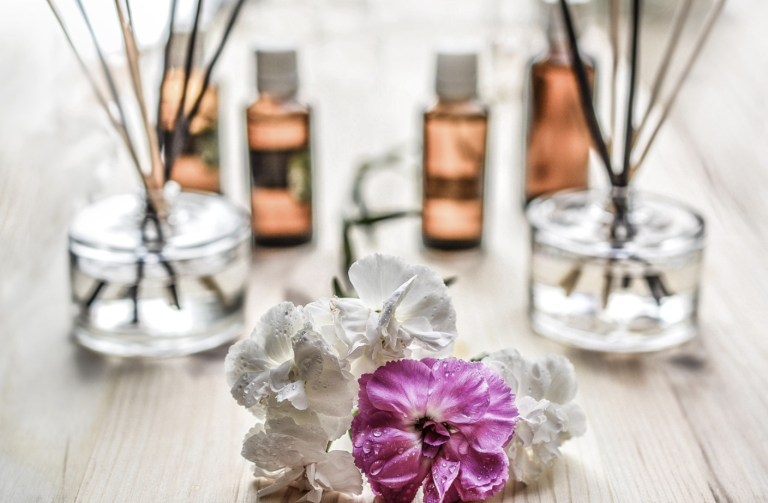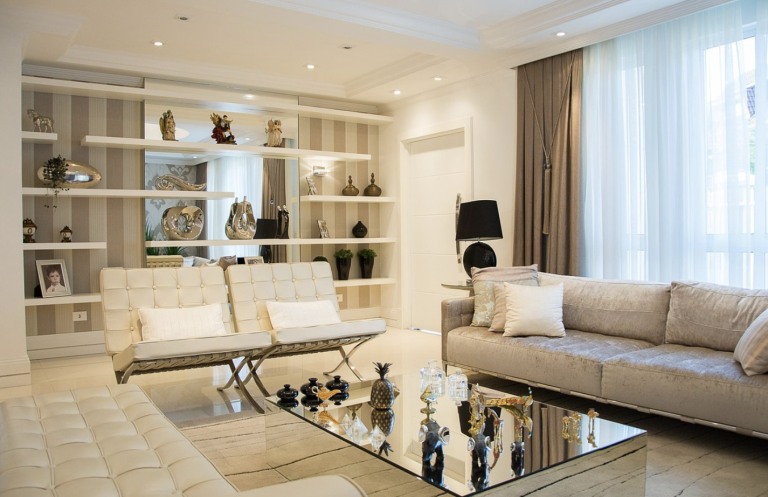
What is Tablescaping?
Tablescaping is the art of designing and arranging your dining table in an aesthetically pleasing way, ensuring that it not only looks beautiful but enhances the entire dining experience. Think of it as styling your table with the same level of attention and creativity you’d give to any other interior design project.
Understanding the Art of Tablescaping
At its core, tablescaping is about creating a visually balanced and harmonious table setting. It’s a fusion of form and function, where the arrangement of dinnerware, glassware, cutlery, linens, and centerpieces all work together to set the right mood for the occasion. Whether it’s an intimate dinner or a grand celebration, a well-designed tablescape can elevate any meal.
Why Tablescaping is Important for a Dinner Party
A beautifully set table instantly adds an element of sophistication and thoughtfulness to your dinner party. It creates an inviting atmosphere that makes your guests feel special and enhances their overall dining experience. Beyond aesthetics, tablescaping can set the tone of the evening—from casual and relaxed to formal and elegant.
Key Elements of a Perfect Tablescape
Table Linens: Setting the Tone
The foundation of any great tablescape begins with the linens. A tablecloth or placemats help establish the mood of your dinner party. If you’re aiming for a formal setting, consider luxurious fabrics like linen or silk, and for a more casual vibe, cotton or patterned placemats can do wonders. Don’t forget about cloth napkins—folding them creatively can add a personal touch.
Dinnerware: Selecting the Right Plates and Bowls
Your choice of dinnerware can dramatically influence the visual appeal of your table. Classic white porcelain plates offer timeless elegance, while bold-colored or patterned plates add personality. Ensure the dinnerware complements your theme, but also be mindful of practicality—plates should be functional and easy to handle for all courses.
Glassware and Cutlery: Choosing with Purpose
Glassware and cutlery are not just utilitarian—they’re key design elements. Opt for wine glasses, water glasses, and champagne flutes that reflect the type of beverage being served. Cutlery should be polished and placed according to formal or informal standards. Attention to detail, like ensuring all utensils are aligned and shiny, creates a polished, cohesive look.
Centerpieces: The Focal Point of Your Table
A centerpiece is the star of your tablescape. It can range from a single vase of flowers to an elaborate arrangement of candles, greenery, or themed decor. The key is to keep it proportionate to the table size. For large tables, a grand centerpiece works, but for smaller gatherings, keep it simple to avoid overwhelming the space.
Lighting: Setting the Mood for the Evening
Lighting is essential for creating the right atmosphere. Dimmed, warm-toned lights or candles set a cozy, intimate ambiance. Consider using tea lights or pillar candles as part of your centerpiece. A well-lit room can turn an ordinary meal into an extraordinary experience.
How to Create a Cohesive Look
Color Palette: Matching and Contrasting
A cohesive color palette is critical for unifying your tablescape. Choose two to three complementary colors that work well together. For example, soft pastels paired with gold or silver accents can create a chic, understated elegance. If you prefer a more dramatic look, dark hues like navy or burgundy paired with metallics can add a sense of opulence.
Style and Theme: From Formal to Casual
Traditional Elegance vs. Modern Minimalism
The style of your dinner party dictates the elements of your tablescape. Traditional settings often feature classic dinnerware and rich colors, while modern minimalism leans towards clean lines and neutral tones. Choose a style that fits the occasion and your personal taste.
Seasonal Themes for a Personalized Touch
Seasonal themes, like autumn-inspired decor with pumpkins and warm tones, or spring with floral accents, add a personal touch. For a special holiday like Christmas or Thanksgiving, tablescaping can be an extension of the festive decor, enhancing the overall experience.
The Steps to Set a Stunning Tablescape
Planning Your Table Setup in Advance
Start by selecting your theme and colors before you begin setting the table. This will help guide your choice of dinnerware, linens, and centerpieces. Plan the placement of each item so that your table looks balanced and everything is within easy reach for guests.
Layering Your Table Elements
Layering is a key principle in tablescaping. Start with a tablecloth, then add placemats, dinner plates, and salad plates on top. Glasses should be placed above the knife, and cutlery should follow the traditional order of use. Layering creates depth and dimension, making your table look more inviting.
Adding Final Touches for the Wow Factor
The final touches make all the difference. Think about adding small decorative elements like a sprig of rosemary on each plate, custom name cards, or a small token gift for each guest. These little personal touches elevate your tablescape and leave a lasting impression.
Hosting Like a Stylist: Tips and Tricks
Attention to Detail: Small Touches That Make a Big Difference
Sometimes, it’s the smallest details that make the biggest impact. For example, choosing a signature drink for your guests or offering a unique toast can make your party stand out. Incorporating unique elements like vintage silverware or handmade napkin rings also adds an unexpected charm.

Timing and Atmosphere: The Secret Ingredients
Music and Ambiance
The right playlist can elevate the entire dining experience. Choose music that matches the mood of the dinner—soothing jazz for an elegant dinner or upbeat tunes for a lively gathering.
Serving with Style
How you serve the meal is just as important as how it looks on the table. Serving dishes with flair and arranging the food in an artful way shows that you’ve put thought into every aspect of the dinner, from start to finish.
Conclusion
Tablescaping is not just about arranging plates and napkins—it’s about crafting an experience. The beauty of a well-designed table is in its ability to transform an ordinary dinner into an extraordinary occasion. With the right elements and a touch of creativity, you can host a dinner party that will leave a lasting impression.

FAQs
1. How Do I Create a Tablescape on a Budget?
You don’t have to spend a lot to create a beautiful tablescape. Use what you already have—mix and match plates, repurpose candles, and add some greenery or flowers from your garden. Simple, elegant touches can be just as impactful.
2. How Can I Make My Dinner Party More Memorable?
Focus on creating a unique atmosphere. Personalize the table setting with name cards or small gifts, and make sure the food and drinks align with the theme. Little surprises throughout the evening can keep your guests engaged.
3. Should I Follow a Theme for My Tablescape?
While it’s not mandatory, a theme can add an extra layer of fun and creativity. Whether it’s a holiday theme or something more abstract like “vintage chic,” a clear theme can help guide your choices and make the dinner more memorable.
4. Can I Mix and Match Different Styles?
Yes! Mixing styles can create a unique, eclectic vibe. Just ensure there’s a sense of cohesion, whether through a shared color palette or complementary textures.
5. How Long Should I Spend on Setting a Tablescape?
It depends on the complexity of the theme, but you should aim to set up the table at least 30 minutes before guests arrive. That gives you time to adjust any last-minute details and ensure everything looks perfect.







